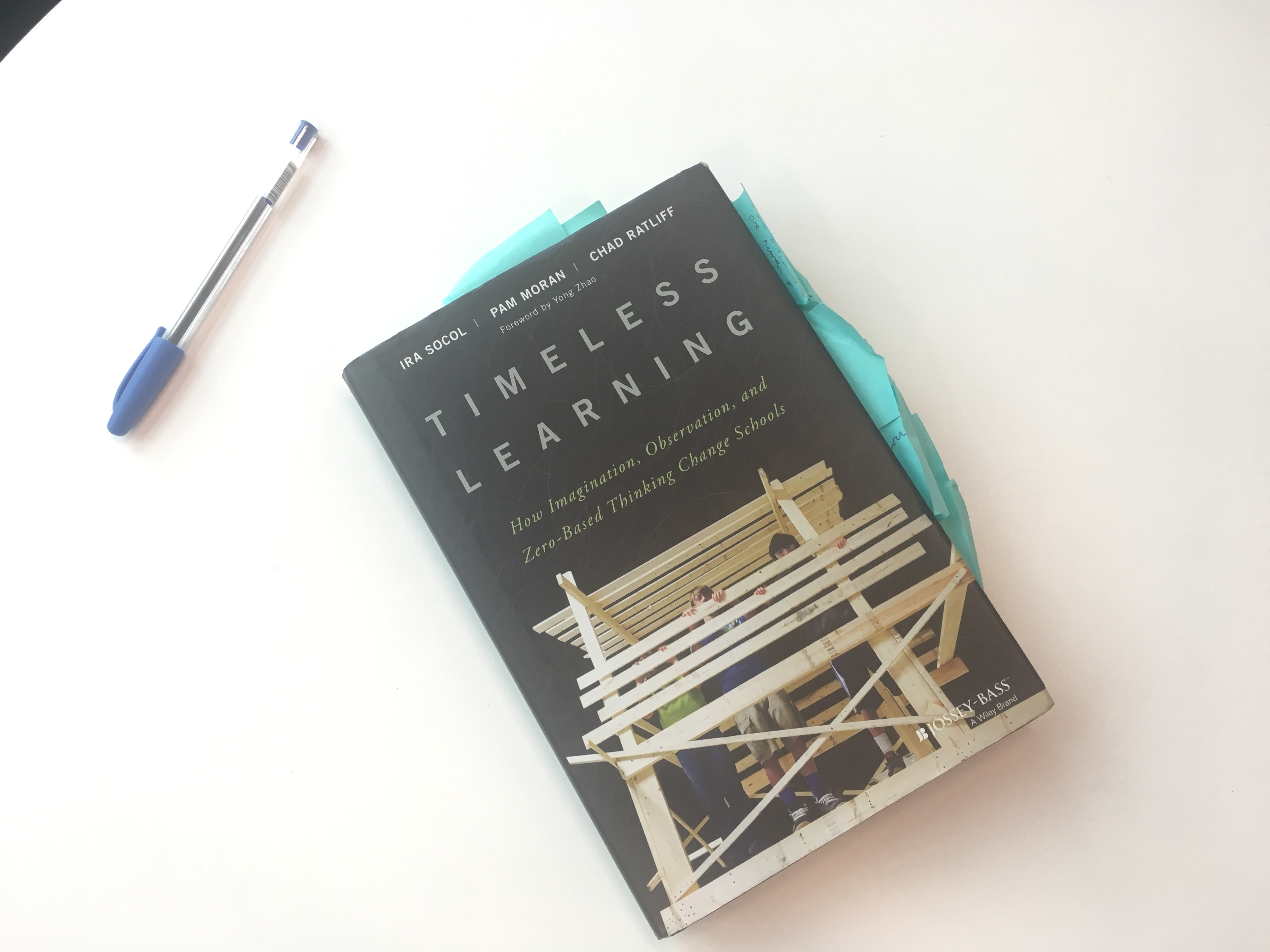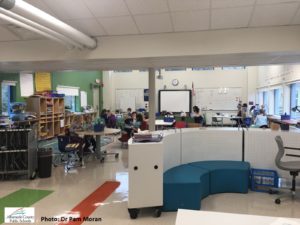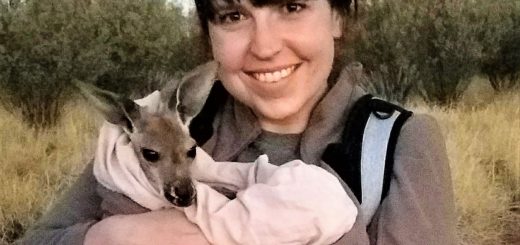Timeless Learning – a review

In this guest post Joann Cattlin reviews Timeless Learning – How Imagination, Observation and Zero-Based Thinking Change Schools by by Ira Socol, Pam Moran and Chad Ratcliff.
Timeless Learning by Ira Socol, Pam Moran and Chad Ratcliff is a call to teachers and school leaders to re-imagine schools and transform them into child centred, inquiry driven communities of creativity that engage all learners and provide them with the skills they need for the future. Timeless Learning is both a provocation and a guide to implementing big and small changes, told through the experiences of the authors, the educational theories which guide them and the stories of the students, teachers and schools they worked with.
The authors have led successful transformations in Albemarle County Public Schools in Charlottesville, Virginia USA – Pam Moran as Superintendent, Ira Socol as Chief Technology and Innovation Officer and Chad Ratliff as Lab Schools Principal. They are recognised as leading change agents, winning numerous awards and share their work regularly in keynotes, blogposts and podcasts. While the US school system has particular features, the examples and insights in the book are relevant to many schools facing common challenges of standardised testing, limited resources and diverse student bodies.
“we explore every day with our colleagues how to create a system that doesn’t subtract joy, empowerment, agency, enthusiasm and passion from learning while also building one that ensures children are literate, able to think and work in mathematical languages, and have the knowledge and tool belt competencies they need to understand the world in which we live – and – to live a healthy lifestyle and be good family and community members – and to gain workforce ready skills.” p.190
The ILETC team met Pam in 2017, after learning of the way Albemarle schools were supporting teachers to re-purpose traditional spaces and design new flexible and student-centred spaces, and invited her to be the keynote at the Transitions 17 event in Grand Rapids. In our conversations with Pam we recognised many connections between our research and Albemarle schools’ holistic approach to supporting redesign or repurposing spaces alongside teachers to developing new pedagogies. The emerging issue for school design in Australia and New Zealand is the importance of including teachers and students in the development of design – in Albemarle schools the spaces are inextricably linked to the students’ and teachers’ needs.
Timeless Learning provides a compelling blend of vision, research and examples of successful practices in Albemarle schools. The chapters are introduced with the authors’ personal reflections that give insights to their motivations and provide context to the major ideas in the book: creating change, 21st century skills, student engagement and leadership. The book does not claim to have the answers, or a neatly packaged approach to improving outcomes for students or implementing change in schools. It does provide a strong case for change using research, history and educational theory illustrated with the qualitative evidence from the authors work at Albemarle. At the end of each chapter are provocations, ideas for further inquiry and reflection as well as suggested actions.
Change, how to inspire it, support it and defend it are a key element of the book. The book celebrates the power of individual teachers and school leaders to make small changes, take risks and build momentum towards system changes – a bottom up movement, enabled by top down support. It also highlights the importance of supporting teachers to try something new and risk failure, illustrating these with many examples of ideas which were prototyped and refined over time, from individual teachers’ use of technology to a schools’ development of a makerspace.
A question the authors are most often asked is “how did you make these changes happen?” Here they do offer a model for change at a macro level (school or district) while empowering individual teachers through building supportive school communities, encouraging risk taking and using what resources are available. Their model is:
- Get to Yes encourages open mindedness on the part of leaders to suggestions
- Engagement of Team encourages teachers and students to see themselves as creators
- Leveraging resources is being imaginative and flexible with the financial and tangible resources
- Prototyping change enables new ideas to become reality while allowing for mistakes and refinement.
The book discusses physical space as part of the learning ‘ecosystem’- a concept of learning space involving time, curriculum and activities. The examples of maker-spaces, labs and recording studios illustrate how ‘spaces’ for learning can exist outside normal timetabling, across subject boundaries and involve student defined activities. These spaces have transformed learning for many students who may have found traditional schooling difficult, through providing choices in how they learn and freedom to explore.

Photo: Albemarle County Public Schools.
“…educators can do little to nothing about home and community poverty. What we can control is what we choose to do more of, or less, in our learning spaces to give us the chance to notice children, to see their faces, hear their voices, find their strengths, and help them know their own value.” p.17
“When we break down walls, figuratively and literally, to let learning flow out of the classroom we construct a new learning process ground in both Universal Design for Learning (UDL) and a humane view of childhood and adolescence.” p.174
Many reading this book will still be concerned about how learning is assessed and measured. The authors acknowledge that standardised assessment is a reality and that their schools have performed very well – however it does not direct and define their approaches. They acknowledge
‘There’s inherent risk in experiential learning… but when kids explore their interests through projects that are important to them, their passion quotient grows exponentially. We’ve seen real rewards from this shift, whether it is watching teens graduate who otherwise would likely have dropped our or students who being to see themselves as designers, inventors and even entrepreneurs, because the process of creating becomes the learning. ” p.188
Timeless Learning is inspiring, challenging and visionary as well as practical, instructive and supportive. While the authors’ vision for education will be revolutionary to many, their experience in transforming Albemarle schools highlights what is possible when you take one step at a time and embrace change.
You can follow Timeless Learning on Twitter @TimelessLrng



